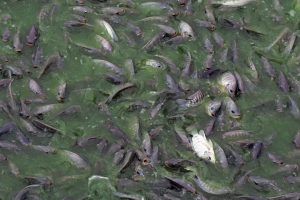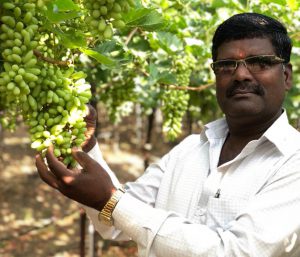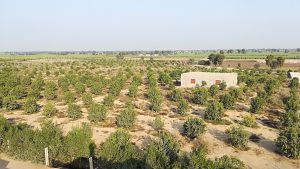At a time when Kashmir’s forests face the axe and the government looks to demarcate land for investors from elsewhere in India in the wake of scrapping of semi-autonomous status of Jammu and Kashmir, officials have told the National Green Tribunal (NGT) that they will restore and preserve the 125-acre Kraeenchoo-Chandhara wetland in south Kashmir, bringing a bit of cheer to environmentalists.
The decision by the officials in the Himalayan region comes come in the wake of an NGT hearing on a petition on pollution and encroachment in three wetlands in Kashmir – Hokersar (in Budgam), Wular Lake (in Bandipora and Baramullah) and Kraeenchoo-Chandhara (in south Kashmir’s Pulwama district).
The petition was submitted by environmentalist Raja Muzaffar Bhat in April. The government’s decision came just before a December 16 hearing by the NGT’s principal bench, headed by Adarsh Kumar Goel.
On December 9, before appearing for the hearing, the Jammu and Kashmir government filed a report in the Tribunal.
The report says Kashmir’s wildlife department has raised the issue of restoring the wetland. It contains a letter sent by the regional wildlife warden to Kashmir’s divisional commissioner on November 1, saying, “As per the revenue records, the Kraeenchoo-Chandhara Wetland is spread over an area of 1,200 Kanals (150 acres) of state land out of which 128 Kanals and 19 Marlas (16.5 acres) have been handed over to the department of wildlife protection, J&K government in the year 2012. The spot assessment revealed that all the 1,200 Kanals (150 acres) bear wetland characteristics and there is no distinction on ground between handed over portions of the state land and the rest of it.”
The letter says the portion handed over could not really be preserved in isolation and it was “imperative” to hand over the entire area to the wildlife protection department.
In response, Kashmir’s additional divisional commissioner wrote to the deputy commissioner of Pulwama on November 22, seeking the revenue records of the area not under control of the wildlife protection department, “along with explicit recommendations so that the case is submitted to the competent authority for further necessary action.” The Kraeenchoo-Chandhara wetland is in Pulwama district.
Just 17 km south-east of Jammu and Kashmir’s summer capital Srinagar, Kraeenchoo-Chandhara was first notified in 1945 as a wetland to be preserved. Spread over 0.22 square km and fed mostly by springs, it was upgraded to a “conservation reserve” in 1978, and brought under the control of the wildlife protection department in 2013.
In the NGT
Responding to the allegation of pollution in the three wetlands, the authorities have told the NGT that “no direct dumping of garbage takes place… However some stray incidents of dumping of garbage by some locals [has been] reported which is being taken seriously by the department to ensure that no such activity is involved (sic).”
There was a specific allegation that municipal waste of Bandipora town was being dumped into the famous Wular Lake. The government’s response reads, “Nussu Zalwan was a demarcated dumping site for dumping of municipal solid waste which was located near the Wular banks…[it] has now been vacated… The dumped solid waste has been buried in trenches and covered by earth filing (sic). A new site has now been identified by the district administration which is quite [far] away.”
The response of the NGT is awaited.
![<p>The Hokersar wetland in Kashmir [Image by: Athar Parvaiz]</p>](https://dialogue.earth/content/uploads/2019/12/Hokersar-Wetland-Kashmir-Photo-__Athar-Parvaiz-300x199.jpg)






![Opium shrubs interspersed between cardamom shrubs in Anjaw district of Arunachal Pradesh [image by: Nivedita Khandekar]](https://dialogue.earth/content/uploads/2019/05/Opium_-_Mishmi_Hills_2-1-300x224.jpg)
